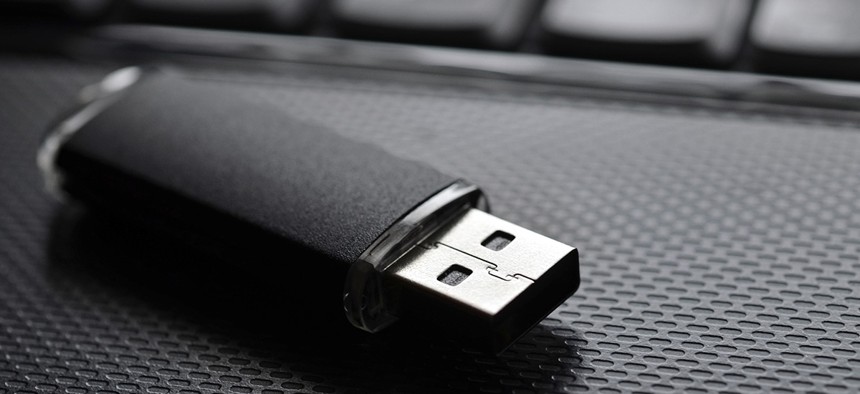A USB Stick Can Show HIV Test Results in Under 30 Minutes

Ensuper/Shutterstock.com
Traditional HIV testing can take days to show results.
Though there is no cure for the human immunodeficiency virus, we now know enough about it to slow its growth within the human body, and to prevent its spread from person to person.
But to do that, an HIV patient (and, ideally, their health care provider) needs to first know they are infected and second be able to regularly measure the levels of the virus in their blood regularly to make sure their treatment is working.
That’s a major challenge in sub-Saharan Africa, where HIV has become pandemic (more than 24 million of the 37 million people worldwide with HIV live there). That’s because in sub-Saharan Africa, many live in rural regions where hospitals or clinics are hours or even days travel away. Traditional HIV testing can take days to show results—which means many in the region would need to make multiple trips to hospitals and clinics to get their tests and results. It’s a major deterrent from testing, and is in part responsible for the spread of the virus. For patients who know they have HIV, the distance also makes monitoring their condition near impossible.
Researchers at Imperial College London may have a solution. They’ve developed a USB stick that, in under 30 minutes, can measure the presence and amount of HIV in a person’s blood. The researchers tested 991 blood samples using the USB stick and compared the results with traditional testing methods—the USB stick was 95 percent accurate. They published the results of their study in Nature.

The new diagnostic tool, co-created by the university and biotech company DNA Electronics, requires simply putting a single drop of blood onto a designated spot on the USB stick. The device contains a mechanism that can detect if there’s any HIV genetic material—RNA—in the drop of blood, and if so, how much. Then, when the stick is connected to a laptop or handheld device, the data are automatically delivered to an app where the patient can quickly read his or her results.
One of the most effective HIV treatments currently, called anti-retroviral treatment, reduces virus levels to near zero. However, in some cases, the virus may develop a resistance to medication or therapy, causing the virus to resurface. To catch such developments early, patients can use the devices for monitoring purposes.
“The disposable test could be used by HIV patients to monitor their own treatment and help patients in remote regions of the world, where more standard HIV tests are inaccessible,” the authors of the study write.
For now, it’s still in the proof-of-concept stage, and years away from hitting the market.
The goal primary is to provide HIV-positive patients a way to monitor their condition and identify any troubling signs during their treatment from the comfort of their homes, the same way diabetes patients can monitor sugar levels using a blood glucose monitor and heart patients can keep track of their blood pressure using a blood pressure monitor.
Although home tests for HIV do exist, those currently available in the market require lab processing, cost upward of $40, and take up to three days to process from the date the sample is shipped.
Eventually, the device could be used to test for hepatitis and other diseases—one at a time or all together.
“The technology has the potential to be scalable for the detection of multiple pathogens simultaneously,” the researchers write in the study.





